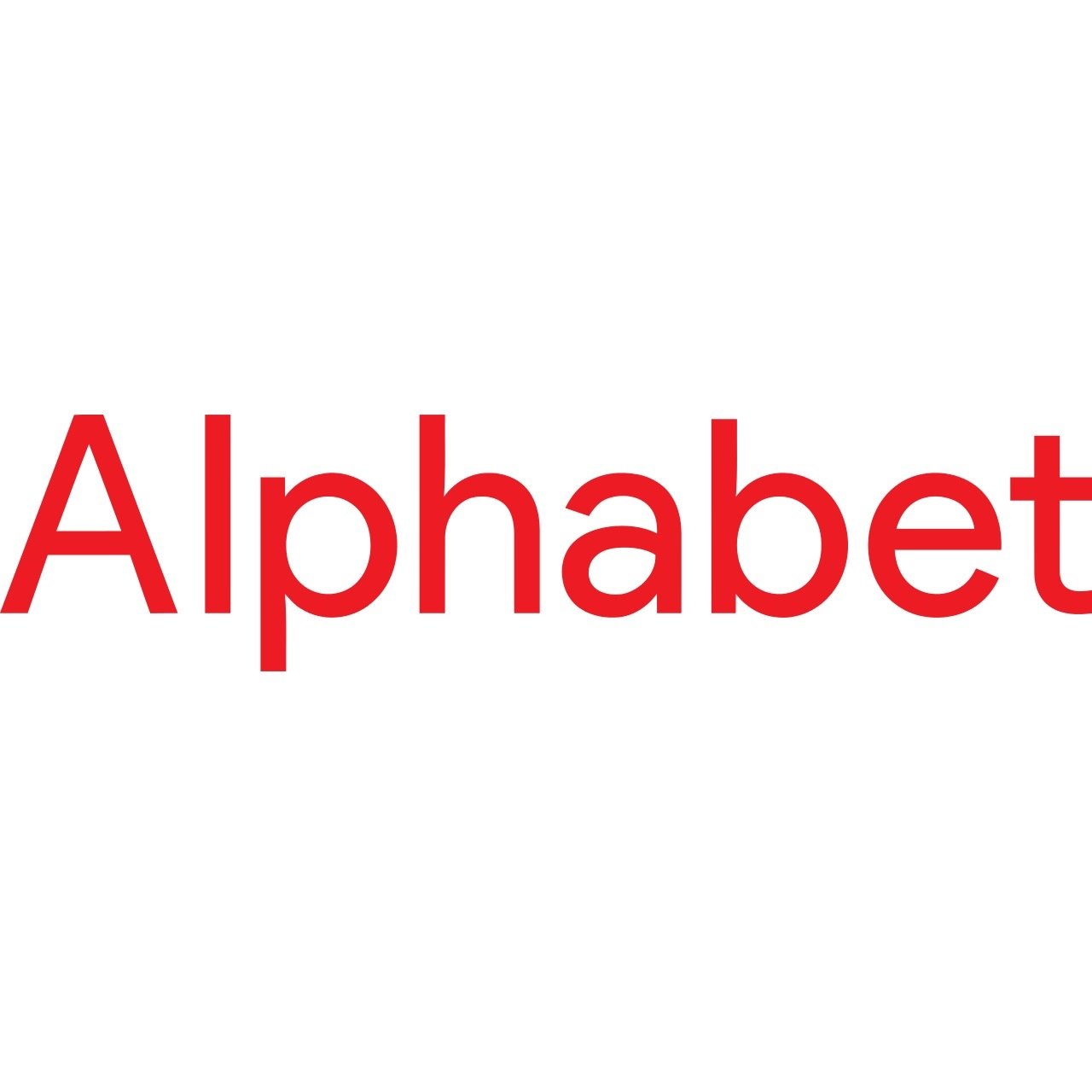

Self-driving cars and space exploration grab the headlines when it comes to Alphabet Inc.’s (NASDAQ: GOOGL) innovation platforms, but in reality, neither of these are likely to be the company’s next big thing. Search (Google), mobile OS (Android) and video streaming (YouTube) contribute the vast majority to Alphabet’s revenues, but what’s next? It might be closer to home than many might expect.
Alphabet is gearing up to become the leading provider of domestic technology, with an Internet of Things (IoT) approach to the way we live our lives. Through three separate ventures the company has developed an integrated network of technology that is already generating revenues for the company — as much as $400 million annually — and could quickly grow to rival the contributions of Alphabet’s three primary revenue drivers going forward.
These three ventures are Google Fiber, Nest and Dropcam, which is now part of Nest. The Fiber roll-out has been slow, but the speedy connections it offers open up a whole world of potential applications. Rapid upload technologies can now be developed through the Android platform, and it won’t be long before Android developers bring these technologies to market. Fiber allows for integration with Fiber TV, a system that Alphabet hopes will rival Netflix Inc. (NASDAQ: NFLX) and Hulu as a leading streaming provider. Its speed allows for the potential of on-demand streaming video games, giving it the potential to rival Sony Corp. (NYSE: SNE) and Microsoft Corp. (NASDAQ: MSFT) in the gaming department.
Then there’s Nest. Google acquired Nest back in January, 2014, for $3.2 billion. The technology is a programmable thermostat system that learns its user’s domestic habits and allows for remote environment control, allowing for increased efficiency and lower energy costs to the user. The tech was developed by former iPod lead designer Tony Fadell, and with millions already distributed globally, it represents Google’s first real success in the hardware space. The company also just released a smoke and CO2 detector that connects remotely to mobile devices. Users can turn it off remotely, or find out what the source of the alarm is straight from their device.
Finally, Dropcam, which is currently being rebranded as Nest Cam and marketed under the Nest umbrella. It’s a security camera that connects with a user’s device and allows for remote environment monitoring. It uses facial recognition technology to selectively detect motion and notifies users of intrusion remotely. It also allows users to speak through the device, opening up the potential for remote instruction (pets, family, and so on).
The point is that Alphabet is quickly becoming a leader in Internet-connected home devices. We’ve seen Amazon.com Inc. (NASDAQ: AMZN) shift into the space with its instant delivery buttons, and Samsung forge forward as well, but Alphabet could end up dominating.
Further, with its Brillo and Weave technologies, the company has also pitched its stake in the cross-platform compatibility landscape, something that has held the IoT space back over the past few years.
All this together brings Alphabet around $400 million revenues, but we’ll get more detail on that in the company’s next filings. If it plays its cards right, it could be looking at many multiples of this number before 2020.
Sponsored: Find a Qualified Financial Advisor
Finding a qualified financial advisor doesn’t have to be hard. SmartAsset’s free tool matches you with up to 3 fiduciary financial advisors in your area in 5 minutes. Each advisor has been vetted by SmartAsset and is held to a fiduciary standard to act in your best interests. If you’re ready to be matched with local advisors that can help you achieve your financial goals, get started now.
Thank you for reading! Have some feedback for us?
Contact the 24/7 Wall St. editorial team.



